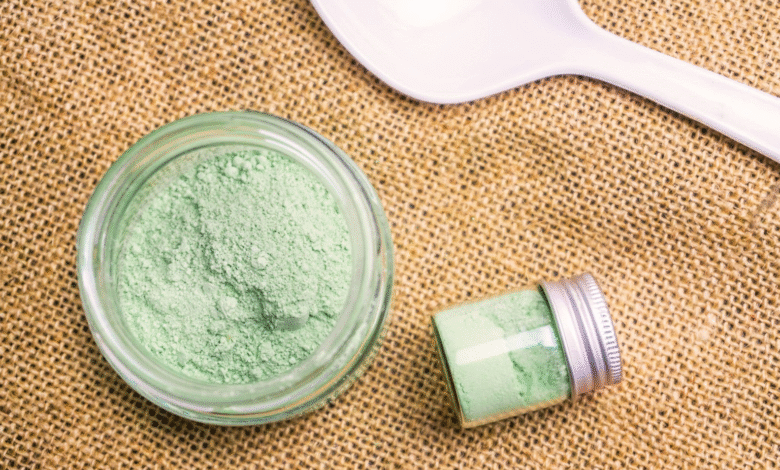The Cultivation and Harvesting Process of Premium Kratom Varieties

The journey of kratom from seed to finished product involves a fascinating process that combines traditional knowledge with modern agricultural practices. Understanding this journey can provide valuable context for enthusiasts interested in Green Maeng Da kratom powder and other popular varieties.
The Origins of Kratom Cultivation
Kratom (Mitragyna speciosa) is indigenous to countries like Thailand, Malaysia, Indonesia, and Papua New Guinea, where it has been cultivated for generations. The tree thrives in tropical environments with high humidity, consistent rainfall, and rich, fertile soil—conditions that characterize much of Southeast Asia.
Traditional cultivation methods have been passed down through generations of farmers who understand the nuanced requirements of these remarkable trees. In recent decades, as global interest in kratom has increased, cultivation practices have evolved to meet growing demand while maintaining quality standards.
From Seedling to Mature Tree
The kratom cultivation cycle begins with seed selection from mature, healthy trees known for producing leaves with desirable characteristics. These seeds are carefully germinated in nurseries where moisture levels, soil composition, and light exposure can be controlled to ensure optimal growth conditions.
Once seedlings reach approximately 30 centimeters in height, they’re transferred to larger growing areas where they can develop into mature trees. This early growth phase requires particular attention to soil nutrition, adequate drainage, and protection from pests and diseases that could compromise plant health.
The journey from seedling to harvestable tree requires patience—kratom trees typically need 2-3 years of growth before their leaves develop the alkaloid profiles that enthusiasts seek. During this time, experienced farmers monitor soil conditions, prune the trees to encourage optimal growth patterns, and protect them from environmental stressors.
The Art and Science of Harvesting
Harvesting kratom leaves is both an art and a science, with timing playing a crucial role in determining the final characteristics of the product. The age of the leaves, the season, and even the time of day can influence alkaloid content and composition.
Expert harvesters recognize subtle indicators of leaf maturity and select leaves at precise stages of development to achieve specific alkaloid profiles. This selective harvesting requires extensive knowledge and experience—qualities found among farmers who have worked with kratom for generations.
The Importance of Processing Techniques
After harvesting, leaves undergo various processing methods that further influence their final properties. These techniques include:
Drying Methods
The drying process significantly impacts kratom’s final characteristics. Methods range from indoor drying under controlled conditions to outdoor drying with varying degrees of sun exposure. Some varieties undergo unique drying protocols that involve alternating between sun and shade or indoor and outdoor environments.
The duration and conditions of the drying process affect not only the color of the finished product but also its alkaloid stability and overall quality. Master processors carefully monitor moisture levels throughout drying to prevent mold growth while preserving desirable compounds.
Grinding and Milling
Once properly dried, leaves are ground into fine powder using specialized equipment. The grinding process must generate minimal heat to prevent degradation of temperature-sensitive alkaloids. The fineness of the grind affects how the product dissolves and how efficiently the body can absorb its compounds.
Storage and Curing
Some varieties undergo additional curing processes where the powder is stored under specific conditions to allow certain chemical changes to occur. This curing can influence the final alkaloid profile and is especially important for certain specialty strains.
The Story Behind Strain Names
Strain names often reflect either the region of origin, the appearance of the leaves, or specific processing techniques. For example, “Maeng Da” translates roughly to “pimp grade” in Thai slang, indicating a product of superior quality. Regional names like “Bali” or “Borneo” traditionally indicated the geographic source of the kratom.
It’s worth noting that in today’s market, strain names sometimes reflect alkaloid profiles and effects rather than strict geographic origins. As cultivation has expanded beyond traditional regions, naming conventions have evolved to help consumers identify products with specific characteristics.
Modern Quality Control Measures
Contemporary kratom production increasingly incorporates modern quality control practices, including:
- Laboratory testing for alkaloid content and potency
- Screening for contaminants like heavy metals and pesticides
- Microbiological testing to ensure product safety
- Moisture content analysis to prevent mold development
These quality assurance measures help maintain consistency and safety standards, particularly important for products intended for the international market.
Environmental Considerations
Sustainable cultivation practices are becoming increasingly important in the kratom industry. Responsible farmers implement techniques like:
- Selective harvesting that preserves tree health
- Crop rotation to maintain soil fertility
- Minimal use of chemical inputs
- Water conservation methods
- Forest conservation to protect kratom’s natural habitat
These approaches help ensure that kratom cultivation remains environmentally sustainable for future generations.
From Southeast Asia to Canadian Homes
The final leg of kratom’s journey involves careful packaging, international shipping, and distribution through specialized vendors. Throughout this process, temperature control and protection from moisture remain crucial for preserving product quality.
For Canadian enthusiasts seeking Green Maeng Da kratom powder, understanding this journey from seed to finished product provides valuable context for appreciating the care and expertise involved in creating quality botanicals.
Conclusion
The cultivation and processing of premium kratom varieties represents a fascinating blend of traditional knowledge and modern agricultural practices. From the careful selection of seeds to the precise timing of harvest and the specialized processing techniques that follow, every step influences the final product that reaches consumers.
By appreciating the complexity of this journey, enthusiasts can develop a deeper understanding of the products they explore and the generations of expertise that make them possible. This knowledge forms an important foundation for anyone interested in kratom’s botanical heritage and contemporary cultivation.




